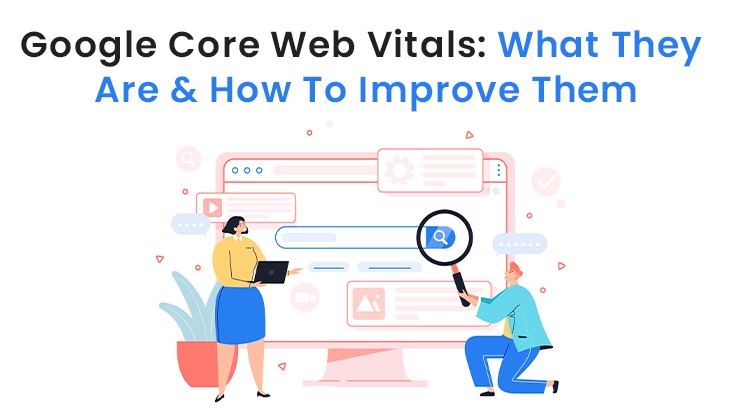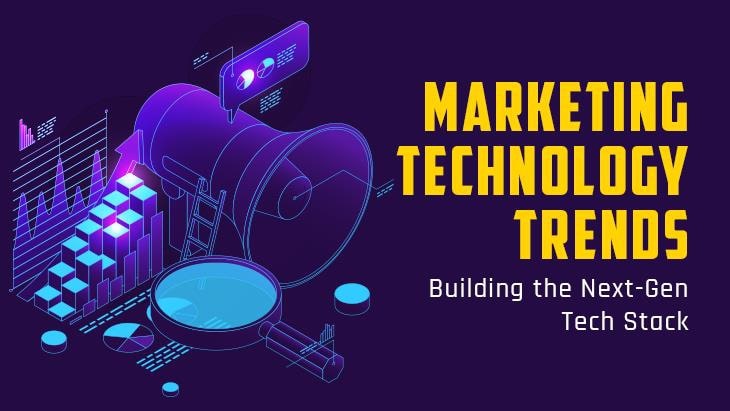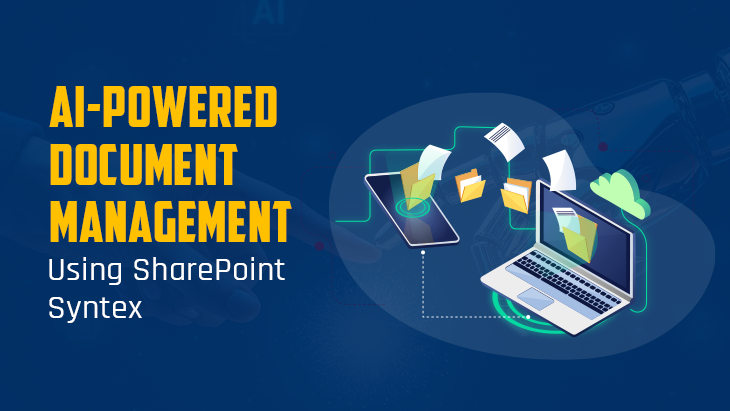To briefly explain, core web vitals are a set of measurements that forms part of Google's page experience score along with side things like mobile optimization, use of HTTPS, and more.
Before understanding core web vitals ranking factors, let us know google a little more than we do. Google changed its algorithm in May 2021 and announced the changes in May 2020. There was precisely a one-year gap for the websites to understand the vitals and improve their websites.
When websites are ranked higher in core web vitals ranking factors, their click-through rates increase, and there will be an indicator that says this is better than the average site. Core web vitals show how your page performs according to "real-world usage data." This indicator measures how many times people have visited your URL and the time according to that.
Good SEO companies have websites ranking high on core web vitals. There is a lot that plays in here, as it is more than just writing well. But it's also about picking topics and words that the user needs and uses. It would help show search engines that you have the content that users need and are easily accessible to the users and, most importantly, give a good user experience. We have explained details about a good user experience below.
Google says, "users are 24% less likely to abandon page loads when core web pass."
The users who use faster sites are less likely to leave the site. Google wants happy users. Google likes it when you make their life easy.
What Are Google Core Web Vitals?
Google core vitals are a set of factors that Google considers essential for a good user experience. Google ranks websites based on core web vitals ranking factors:
● Largest contentful paint (LCP): loading
● First input delay (FID): interactivity
● Cumulative layout shift (CLS): Loading
We know these are vast and unknown words for you. That is why we have broken them down into smaller components and explained them in detail below.
1. Largest Contentful Paint
LCP is your load time, the time it takes for your website to load when first clicked after googling search to display the majority of the content on the website. You want this to be faster than 2.5 seconds.
The factors which can slow down your LCP:
a) Too many advertisements and videos are popping up on the page.
b) Displaying vast and high-quality images can slow the website too.
c) Server response time and host speed can also impact the loading time.
How to improve it?
It is feasible to make the Largest Contentful Paint more efficient. Tracking is a crucial component of the habit, but progress leads to outcomes.
It's critical to incorporate several analyses in your everyday tasks, and some of the most important ones are listed here.
a) Optimize image sizes
b) Use an image CDN
c) When loading pictures, avoid using JavaScript.
d) Select a reputable web hosting service.
2. First Input Delay (FID)
FID measures your response time to interaction. Let's say you want to download a book from a website. A faster FID would mean the private information bar is popping up at the speed of 100 milliseconds or less. But a delay in the pop-up would mean you rate less at FID.
The factors which can slow down your FID:
a) Server response time
b) Host speed
How to optimize FID?
Below are some measures to optimize FID.
a) One can improve FID by optimizing your CSS code.
When it comes to CSS files, they must be downloaded and parsed as quickly as possible for the browser to render the page's layout. As a result, you only have a few choices for decreasing the influence of CSS on your First Input Delay. You may utilize best practices like minifying and compressing your files or eliminating unneeded CSS code to help you out.
b)FID can be improved by streamlining the JavaScript code.
When there is a considerable input latency, JavaScript jobs are generally to blame. They prevent the browser's main thread from processing user input by blocking it for long periods.
3. Cumulative Layout Shifts (CLS)
CLS measures how stable the page layout is during the loading process. The user has to adjust where to click because of the constant loading of bars and layout shift. You don't want one part of the layout to load faster than everything else. This shift os layout is a bad user experience. Google doesn't want this.
Factors that affect CLS:
a) Third-party pop-ups
b) Applications that insert themselves and change the layout
c) Old optimized layout source, where the images, headings, and all, are not appropriately aligned.
d) Display advertisements.
Let's look at solutions to optimize and improve your website.
The solutions for LCP and FID are more or less the same
* Upgrade your hosting
* Caching
* Lazy loading
* Cloud delivery network setup (CDN)
* Optimize your scripts
* Upgrade to HTTPS
The solutions for CLS:
1) Look into which part of your layout loads slower than the rest of the details. For this, you can reload your page using settings.
2) Most CLS issues come from CSS problems. You can use a free tool like auto-optimize and save your website.
Google's business model works on you, me, and we are; addicted to their search engine. To keep us addicted to that search engine, we keep clicking on those advertisements; google needs us to give websites very quickly; otherwise, we get bored and impatient. So Google needs to make websites quicker and quicker to satisfy our almond-sized short-term memories.
Not to forget, google's websites do not score a 100% in this core web vital ranking system. If your website does not score as much as it should, you need not worry; this will not throw your website away, and it will just appear at the end of other websites.
If you do not want to make all the changes mentioned above, you can hire a website development company, and they will do it for you.
















Post Comments